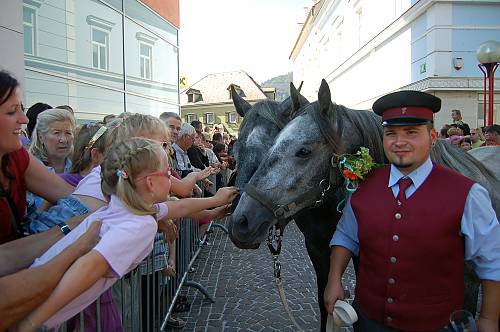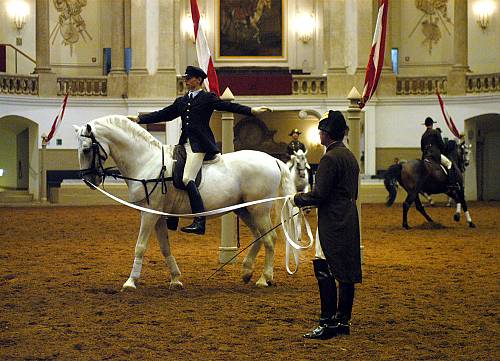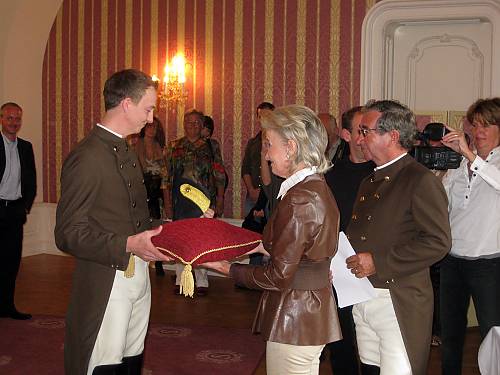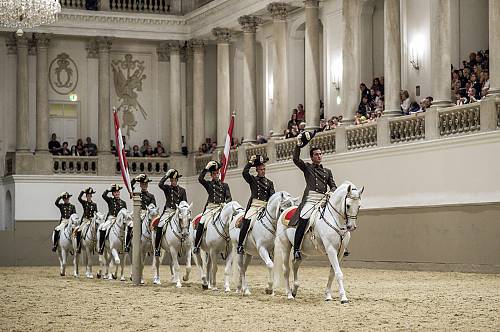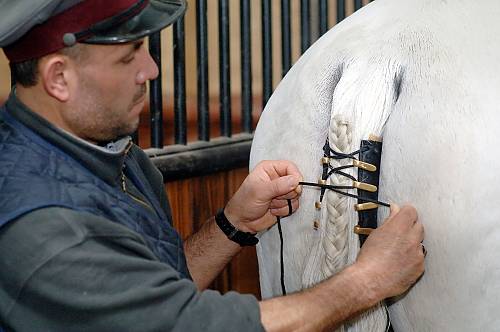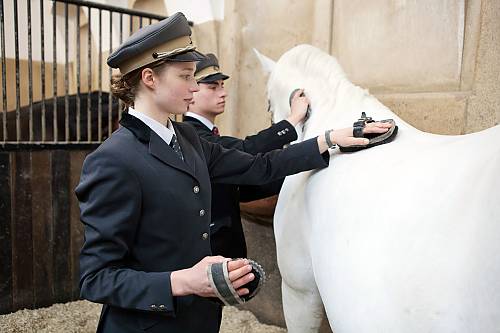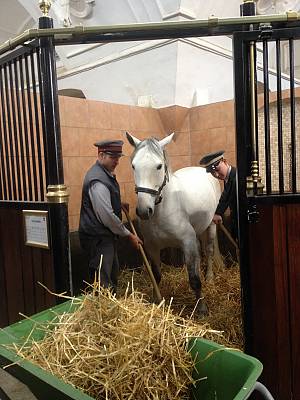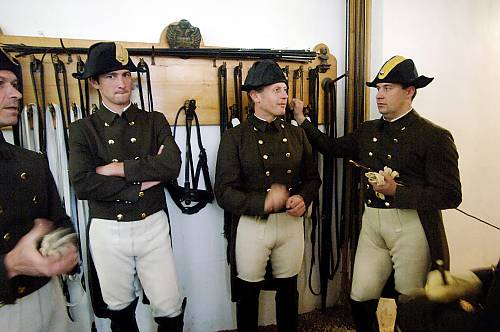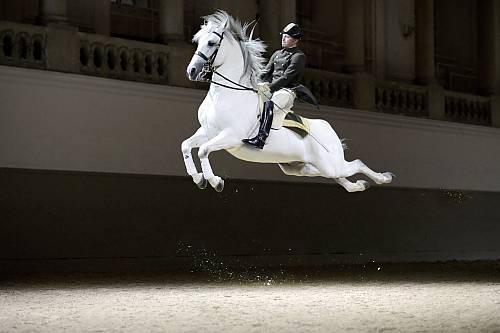Classical horsemanship and the High School of the Spanish Riding School Vienna
Inscribed in 2015 (10.COM) on the Representative List of the Intangible Cultural Heritage of Humanity

Classical horsemanship at the Spanish Riding School Vienna is the traditional art and practice of breeding, keeping, training and riding Lipizzaner horses. The School’s various social practices and culturally-shaped rituals and ceremonies are based on the long-lasting relationship between breeders, grooms, craftspeople, riders and horses. Grooms, the foals’ first point of contact, transmit basic knowledge of horse husbandry to cadets. Breeders tend to the horses and pair up stallions and mares to meet the demands of the School. Experienced riders and young cadets are responsible for the colts resulting in a special relationship between rider and horse. A cadet’s early years are spent learning proper horse care, maintenance and the correct handling and use of equipment. Experienced riders pass on knowledge to cadets through mentoring. Women now have an important role in this traditionally male domain, being equally admitted to all positions. Veterinary surgeons ensure the health of each horse while saddlers, blacksmiths, hatters, tailors and shoemakers are responsible for producing and maintaining the facilities. The tradition also gives communities within the School a strong sense of identity and ensures the safeguarding of techniques and craftsmanship in many fields related to horse husbandry.

